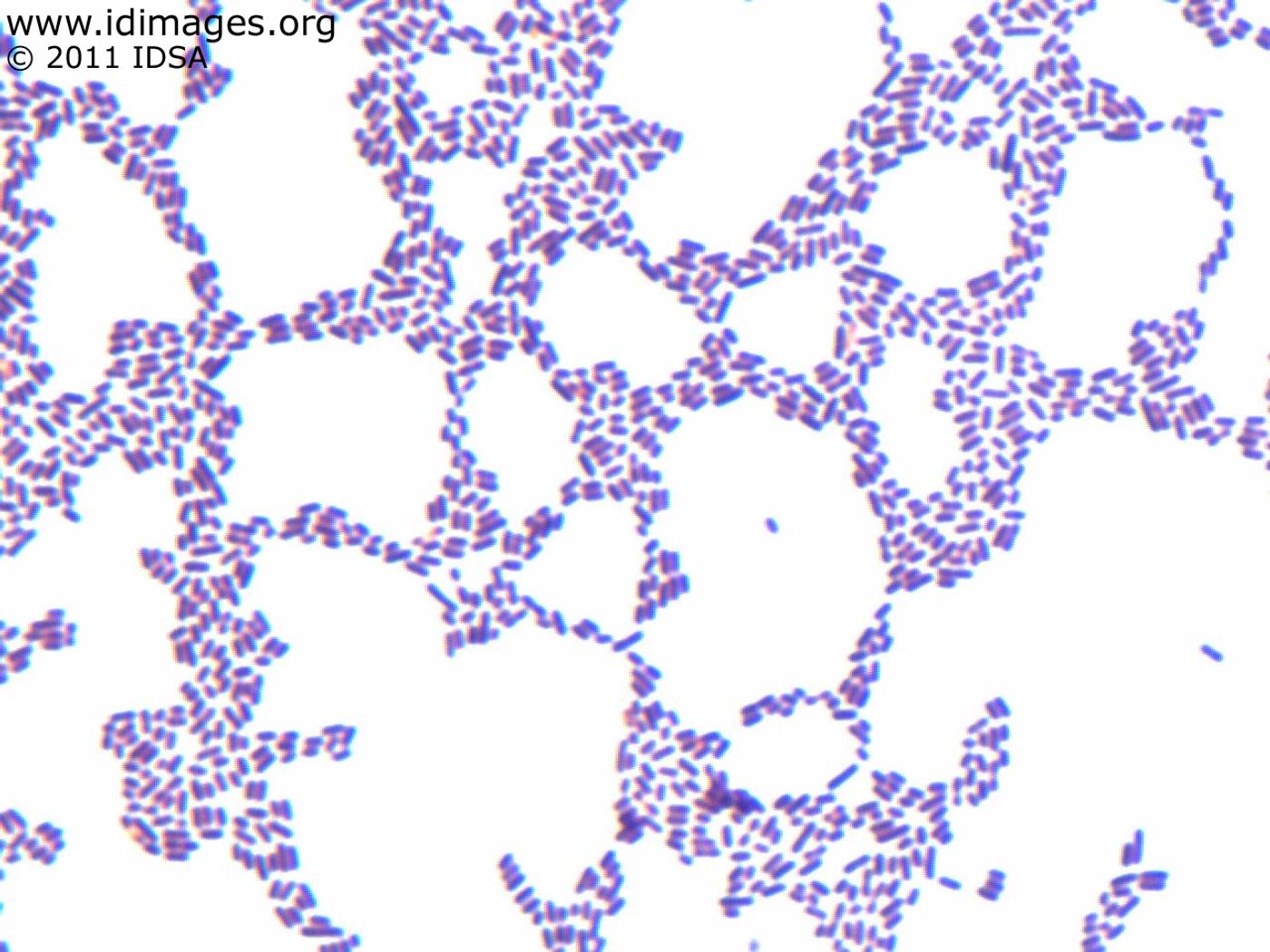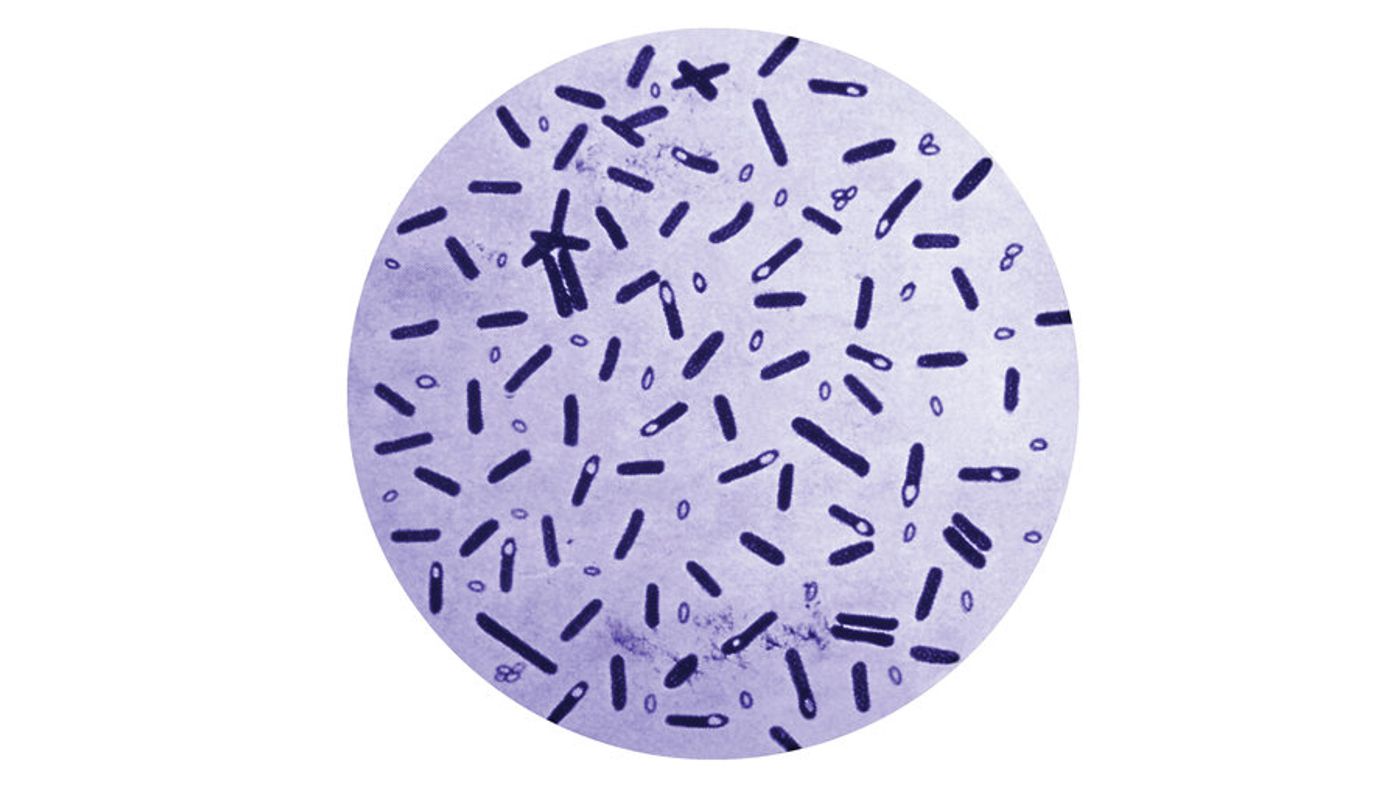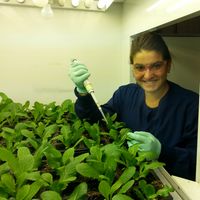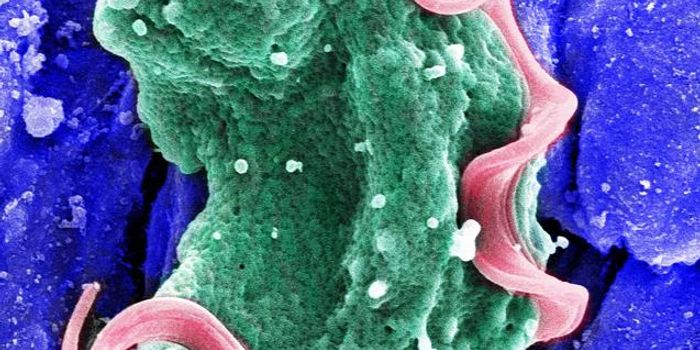This week
Food Safety News named the 5 most dangerous foodborne pathogens. You may have heard of some of them due to media attention surrounding recent foodborne outbreaks. Others may be new to you. It is difficult to determine whether one of these pathogens is more dangerous than another however criteria is based on the number of illnesses and number of deaths caused by the organism each year. In addition the severity of the disease for which each microorganism causes may also factor into the ranking. For example, norovirus is the number one cause of foodborne illness in the United States but is not included on this list. This is because the illness that results from norovirus infection is often self-limited and is resolved within 24-48 hours in healthy individuals.
- Listeria monocytogenes
L. monocytogenes is a bacteria that can be found anywhere in nature. One notable characteristic of this organism is that it is able to survive and even grow at refrigeration temperatures. There are relatively few illnesses associated with listeriosis each year (5000 illnesses/year) but there is a high fatality rate (25% fatality) among those affected. Outbreaks of listeriosis generally take place over a long period of time and are caused by refrigerated ready-to-eat foods. In 2011 an outbreak involving
L. monocytogenes was attributed to consumption of contaminated cantaloupes. As a result of this outbreak, a total of 146 people were infected in 28 states. There were 33 deaths along with one miscarriage in a pregnant woman.

- Salmonella
Salmonella is a globally recognized as one of the leading causes of foodborne illness worldwide. The incidence of illnesses attributed to consumption of foods contaminated with
Salmonella is on the rise. Raw poultry and meats serve as the principle vehicles of human foodborne salmonellosis. Changes in agricultural, aquacultural and animal production practices are needed in order to reduce the economic and public health burden associated with foodborne salmonellosis. The emergence of multi-drug resistant
Salmonella isolates has been associated with misuse of antibiotics in human and veterinary medicine.
Salmonella are able to adapt quickly to their environment providing a challenge for the control of this organism in food matrices.

- Shiga toxin-producing Escherichia coli (STEC)
While there are many types of
E. coli that live in the intestinal tracts of humans and are actually beneficial to our health, there are some strains of
E. coli that can cause serious disease. STEC are able to produce a compound that is toxigenic to humans that can lead to bloody diarrhea and kidney disease. Cattle are considered a major reservoir for STEC meaning that the bacteria are able to thrive within these animals without inducing illness. Undercooked ground beef is the single most implicated vehicle of transmission to humans. Infection of these strains are also known to cause hemolytic uremic syndrome (HUS) in children which often results in kidney failure. Approximately 265,000 illnesses and 30 deaths are associated with STEC each year.

- Vibrio vulnificus
V. vulnificus is the most serious of the pathogenic vibrios in the US. In the state of Florida, this organism is the leading cause of deaths due to foodborne illness. Of the people experiencing
V. vulnificus infections, 86% will require hospitalization. Most cases result from the consumption of raw oysters and have fatality rates of up to 60%. This is the highest death rate for any foodborne disease agent in the US. There are approximately 50 cases of foodborne
V. vulnificus in the US each year. In addition to causing foodborne illness this bacterium can also cause wound infections.

- Clostridium botulinum
C. botulinum is a bacterium that is able to grow without the presence of oxygen and produces the most potent natural neurotoxin known to man. This toxin is also known as Botox. It is classified as a category A terrorism agent. There are seven types of
C. botulinum, four of which cause disease in humans. These types are A, B, E, and F. Foodborne intoxication is caused by consumption of food containing amounts as small as 30 to 100 ng of preformed botulinal neurotoxin. Each year in the U.S. there are approximately 55 cases, 42 hospitalizations, and 9 deaths that occur due to foodborne botulism.

Sources:
Food Safety News;
Food Microbiology, Third Edition, ASM Press;
Centers for Disease Control and Prevention













